The anticipation for the official release of the next-gen iPhone has been building and everyone has been looking for confirmation of what we saw from Gizmodo.
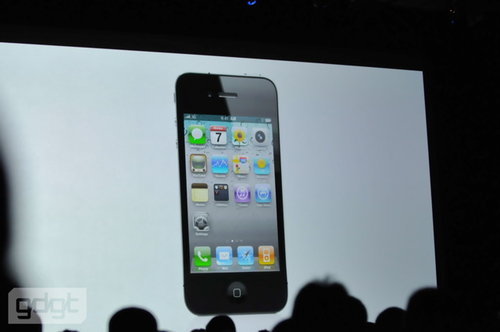
Today, Steve unveiled the iPhone 4, it’s newest incarnation in the mobile device revolution.
iPhone 4 and the newly renamed iOS 4 brings a lot to the table as a mobile device and the features announced today will only increase the power the Mobile Journalists carry in their toolkit. The 3GS broke ground as the device provided video and audio recording, the processing power to handle video editing, and the platform for apps to distribute that content. The iPhone 4 takes the next step and will solidify its position as the tool for mobile journalists. The device, slated for release on June 24th in the US and July in Canada, packs five major punches for mobile journalists; HD video camera, front-facing camera, extended battery life, video calling, and as part of iOS 4, enterprise solutions.
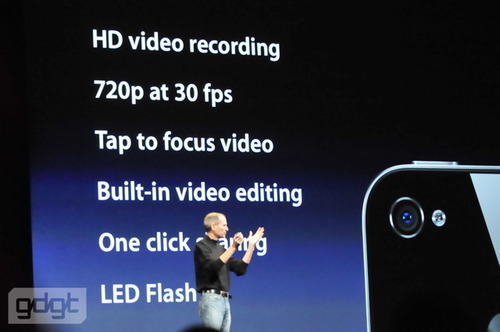
The 5 megapixel camera with backside illuminated sensor is now powerful enough to shoot video in a quality that is ready for broadcast television. The iPhone 3GS video camera was capable, and at times used in a broadcast setting, but the iPhone 4’s ability to shoot 720p video makes it ready for the top story in your TV newscast. With built-in LED flash and increased low-light sensitivity you will get better video whenever news breaks, but tools like the Owle Bubo with cold-shoe mount for a higher powered LED light will still improve your ability to shoot in low-light.
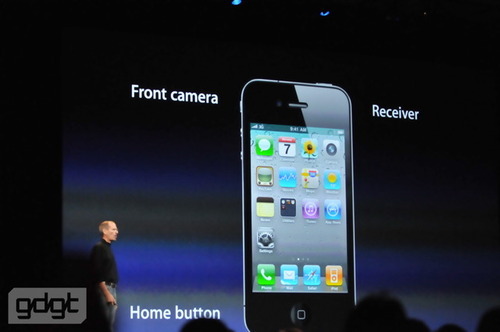
The front facing camera is a huge benefit for Mobile Journalists. No longer do you need to press record and pray that you can get a decently composed and focused stand-up because you know you don’t have time to redo it. iPhone 4 comes with a front facing camera allowing you to see the screen while recording and see how your shot is composed before hitting record and hoping for the best. The front facing camera is not as high quality as the back camera as it is only VGA quality, but will be up to the task. There also wasn’t much of a demo of the built in video recording app but I assume that there is a small soft switch in which you can flip from back to front camera much like the switch currently in the iPhone 3GS where you can flip from photo capture to video capture. This switching on the fly will allow MoJos to cover stories more efficiently.
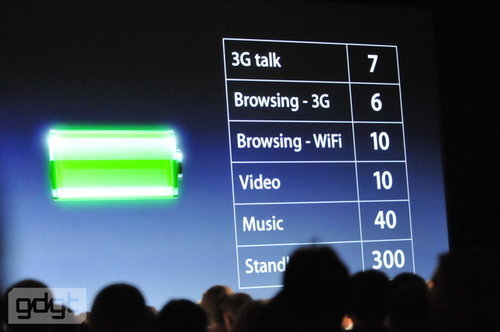
Battery life has always been an issue on mobile devices and this becomes a greater issue when you include video capture, editing, and sending video packages back to the newsroom. iPhone 4 has a slightly increased battery life thanks to the low-powered A4 processor. The lengths in the keynote are always different than in-field use but the increased battery life should help with that constant pressure of knowing where you can power up if needed.
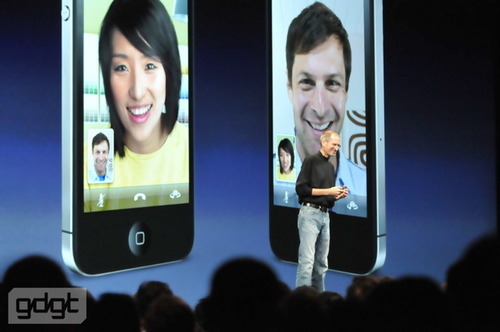
FaceTime is the name of the built-in video calling that iPhone 4
carries. Using the front or rear-facing cameras you can send live video
over WiFi to another iPhone 4. Coming sometime in 2011 is the ability to
do FaceTime calls over 3G. Hopefully soon are some more answers in how
FaceTime works. For mobile journalists, FaceTime could be a great
solution for Live hits. I’m sure that Skype will also provide their own
Video calling solution soon that will allow you to make live video hits
that you can bring live for broadcast television but FaceTime may also
be a great tool, if there is a way to get the live video out of the
iPhone and into your TV Control Room.
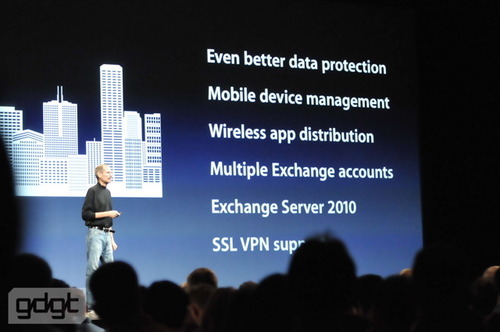
Enterprise solutions probably weren’t the first thing that came to mind when you thought about the iPhone 4 for mobile journalists but as more media organizations outfit teams of journalists with iPhones these solutions make it much more feasible for the IT team to support the devices. Mobile device management and wireless app distribution are only a few of the features that IT teams can take advantage of to help outfit larger teams of mobile journalists.

Oh, and one more thing…
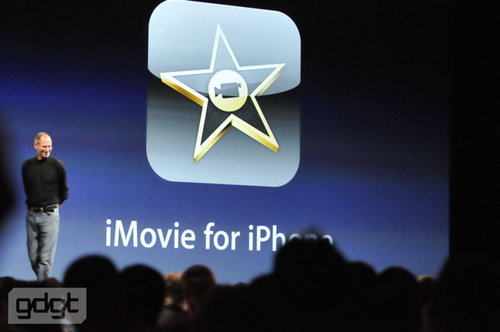
When I saw the icon for iMovie for iPhone I almost died. Apple’s team of app designers can easily put people out of jobs by creating their own versions of apps and that’s what I was worried about. I recently joined the team at VeriCorder, who develops applications for mobile journalists. Our flagship app is 1st Video, a video editing app for mobile TV journalists.
You could see how my stomach became knotted quite quickly thinking that Apple could have killed my job by releasing iMovie for iPhone but as they demoed the apps capabilities I’m feeling a lot better and now feeling sorry for the team at ReelDirector. While 1st Video is aimed at professional journalists creating news packages for network television, iMovie for iPhone and ReelDirector are more fashioned for editing your vacation movies and adding some music behind it.
I think iMovie for iPhone is going to be a great app and I can’t wait to use it but I don’t think its going to kill 1st Video or my job, thankfully.
These are only a few of the improved features on the iPhone 4 and iOS 4 that mobile journalists can take advantage of and knowing how resourceful MoJos are, we will only see more ways to make use of the iPhone to report news from the field.
If something caught your eye on how you can use iPhone 4 as a mobile journalist, please let me know in the comments.
—
Thanks to gdgt.com for the photos.